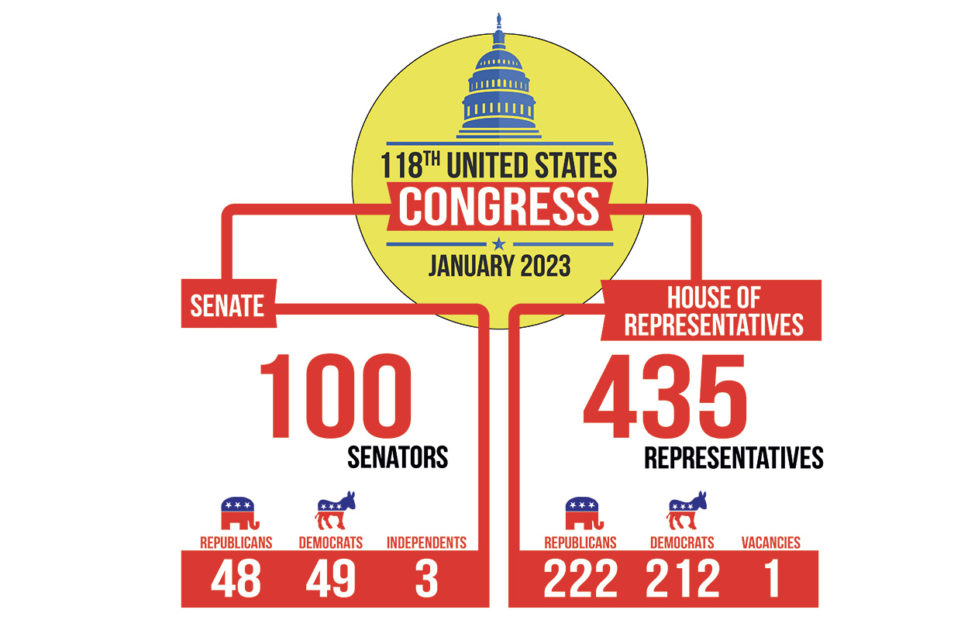Table of Contents
- ไทยได้เจ้าภาพงานประชุมเบาหวานโลก “IDF World Diabetes Congress 2025 ...
- 25th World Congress of Dermatology - SpectruMed Inc.
- What’s Going On in the U.S. Congress? – Speakeasy News
- When Is Eas 2025 Keynote Speech - Ivy Jane
- Its America World Congress 2025 - Elysha Novelia
- Match 2025 Results Physiotherapy - Brenn Clarice
- Program 3rd Congress
- EASL Congress 2025 - EASL-The Home of Hepatology.
- Match 2025 Results Physiotherapy - Brenn Clarice
- Match 2025 Results Physiotherapy - Brenn Clarice



Chart 1: The Rise of Diversity in Congress


Chart 2: The Growing Partisan Divide
The second chart illustrates the widening partisan divide in Congress. Since 1993, the number of moderates in both the House and Senate has decreased significantly, while the number of conservative and liberal representatives has increased. This growing polarization has led to increased gridlock and decreased bipartisanship in Congress.
Chart 3: The Decline of Southern Democrats
The third chart shows the decline of Southern Democrats in Congress. In 1993, Southern Democrats made up 34% of all Democrats in the House. By 2021, this number had dropped to just 12%. This shift is largely due to the increasing conservative leanings of Southern states and the growing influence of the Republican Party in the region.
Chart 4: The Shift in Congressional Experience
The fourth chart highlights the changing level of experience within Congress. In 1981, 55% of representatives had prior experience in state or local government. By 2021, this number had decreased to just 35%. This shift may be attributed to the increasing number of outsiders and newcomers entering politics, potentially leading to a more diverse range of perspectives in Congress.
Chart 5: The Growing Influence of Women in Congress
The fifth chart demonstrates the growing influence of women in Congress. Since 1993, the number of female representatives has more than tripled, from 35 to 144. This increase in representation is a significant step towards greater gender equality in government and may lead to a more nuanced understanding of women's issues in policy-making.
Chart 6: The Rise of Older Members
The sixth chart shows the increasing age of members in Congress. In 1981, the average age of representatives was 50. By 2021, this number had risen to 58. This shift may be attributed to the growing number of career politicians and the increasing complexity of the political system, which can make it more challenging for younger candidates to break into politics.
Chart 7: The Shift in Party Affiliation
The seventh and final chart highlights the shift in party affiliation among voters. Since 1994, the number of Americans identifying as Democrats has decreased, while the number identifying as independents has increased. This shift may be attributed to growing dissatisfaction with the two-party system and the increasing influence of third-party and independent candidates. In conclusion, the changing face of Congress, as illustrated by the Pew Research Center's 7 charts, reflects the evolving demographics and trends within the United States. As the country becomes increasingly diverse, it is essential for Congress to adapt and represent the needs and interests of all Americans. By understanding these shifts, we can better navigate the complexities of the political landscape and work towards a more inclusive and effective government.References: Pew Research Center - The changing face of Congress in 7 charts
Keyword density: Congress: 9 instances Pew Research Center: 2 instances Charts: 7 instances Diversity: 2 instances Partisan divide: 1 instance Southern Democrats: 1 instance Congressional experience: 1 instance Women in Congress: 1 instance Older members: 1 instance Party affiliation: 1 instance